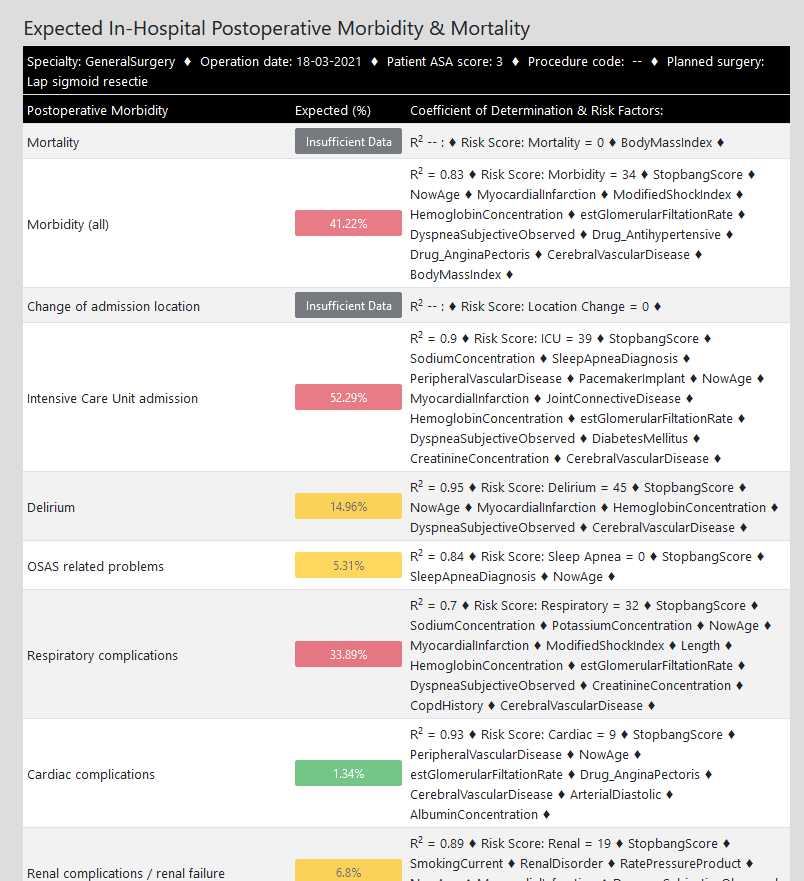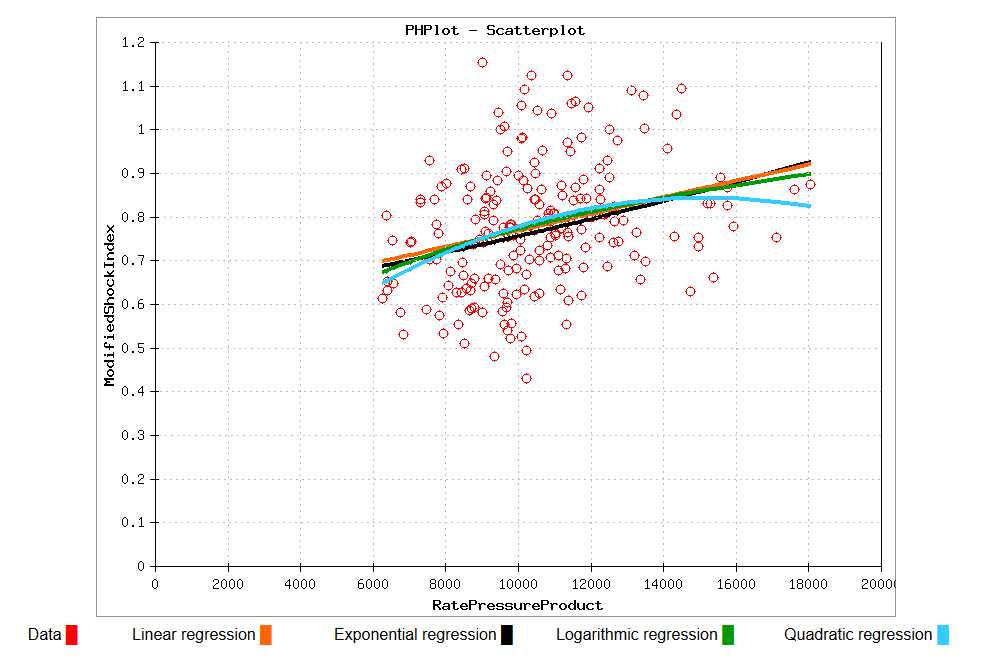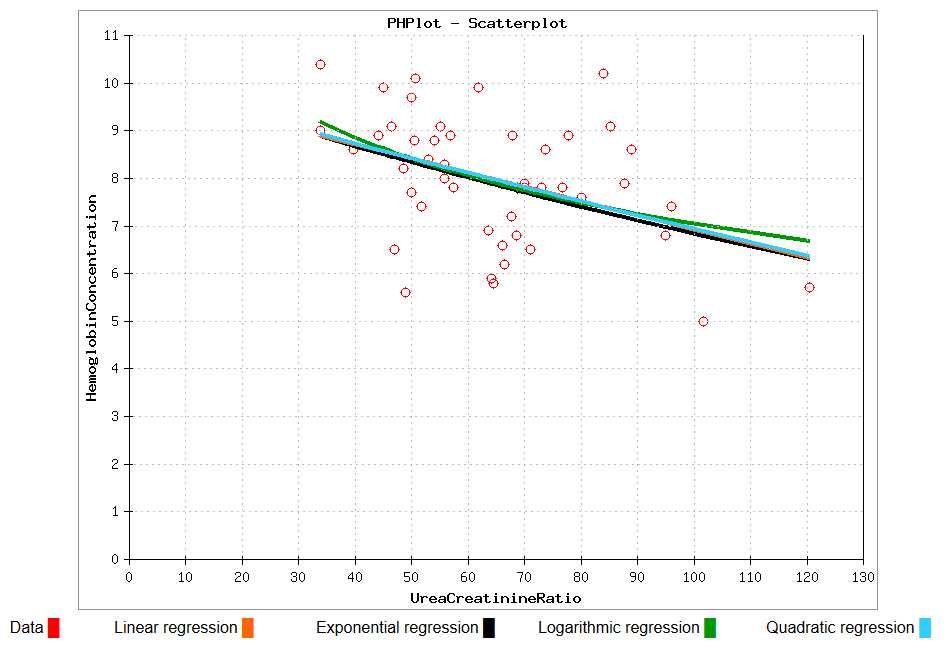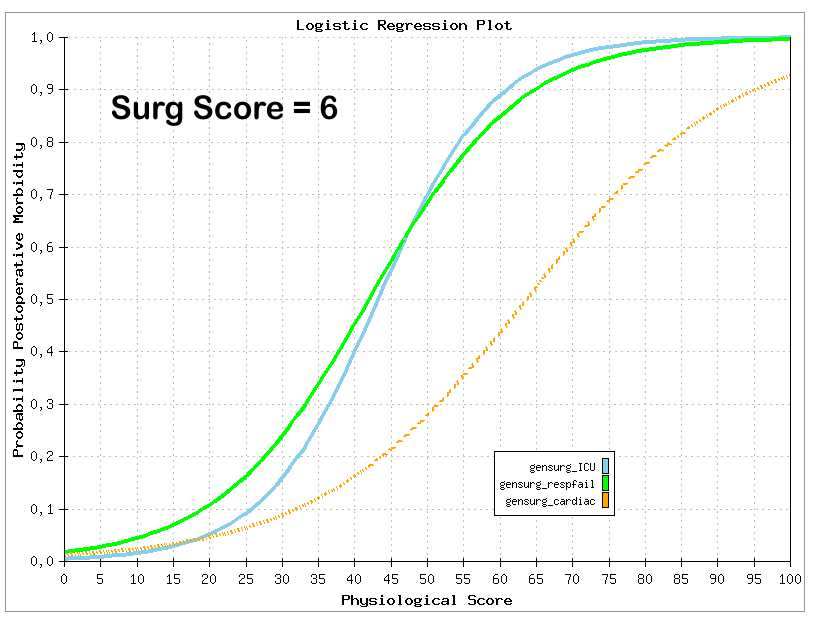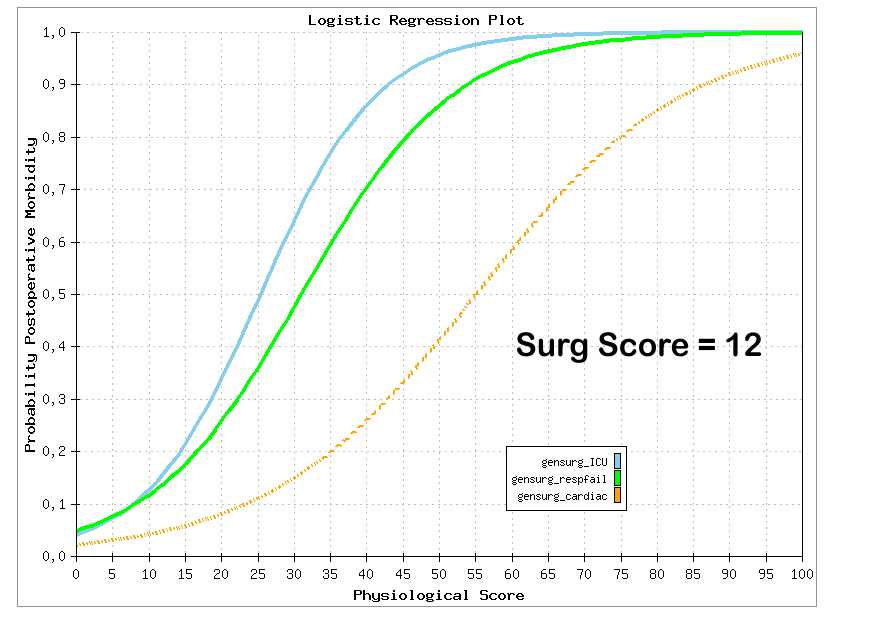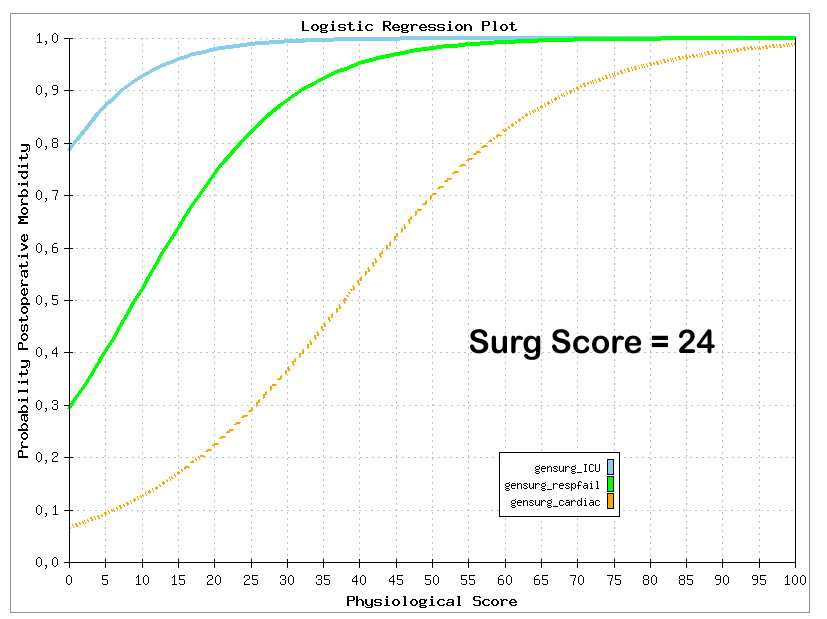Decision-support — The Program
PANSURAS is a unique secure cloud-based observational preoperative data collection and processing system providing integrated decision-support. This latter is encapsulated in an expressly designed user-friendly interface intended to facilitate the workflow of physicians / physician assistants performing clinical preoperative risk assessment. Behind this user-friendly interface, is an inbuilt machine-learning system for extraction of institution-specific perioperative risk factors and derivation of equations to predict multiple types of postoperative complications or morbidity. There are also modules for transferring data to hospital information systems, between hospitals, for intercolleagial communication, teaching, quality control, local and regional benchmarking. It is designed as a separate system to be used next to any hospital information system.
Why not integrated?
PANSURAS is designed as a separate program to be used together with any of the plethora of institutional medical information systems. It has its own standard database, making it a powerful instrument performing its many functions. This does mean that couplings must be made per institution, or institutional information system, but the advantages far outweigh this single disadvantage. Identical data tables means that anesthesiologists, surgeons and perioperative physicians all over the world can communicate risk factor outcomes of identical procedures. This latter means that PANSURAS has the potential to become an instrument for national and international benchmarking and quality control, and so accelerate advances in surgical management and anesthetic techniques. This makes it a unique system for optimizing the functioning of the “Perioperative Surgical Home”, as well as for national quality control, with as purpose the referral of patients to centers with the lowest complication rates for each different operative procedure.
Some unique features of PANSURAS
PANSURAS employs a machine-learning observational system, very different to the current qualitative “random controlled trial” determined system of preoperative assessment. Machine-learning means it continually adapts to changing medical management systems, geographical and socio-economic circumstances. Accordingly, it has multiple unique aspects and functions.
- PANSURAS is aprogram designed to be the first “future-proof” ERAS facilitating system, continually updating its predictive algorithms as perioperative protcols and anesthetic techniques change with time, geographical and socioeconomic circumstances.
- Minimal effort is required to perform preoperative analysis with PANSURAS — actually, the effort required is less than with preoperative systems on most hospital information systems.
- PANSURAS forces a standard, but complete format for preoperative assessment with an easily used form generating data in a preoperative database that is identical for all installations. This makes PANSURAS a powerful regional, national, and even international research and benchmarking tool.
- PANSURAS provides the user with “on-the-fly” decision support with context-related pop-up warnings of potential and real problems, as well as information discussion pop-ups. This encourages consistency of assessment between physicians, as well as facilitating preoperative optimization.
- With most hospital information systems, the user often must hunt for a place to click or enter data, and then receives nothing in return: just the satisfaction of filling in the “form” correctly. PANSURAS is very different — it provides context-related warning or information popups or information buttons.
- The simulation mode of PANSURAS is a useful tool to investigate the potential effects of optimization therapies, as well as for teaching. It is a powerful tool for use during multidisciplinary discussions, further facilitating decision-making to determine the most effective preoperative optimization therapy for individual patients.
- PANSURAS generates a patient summary in a format able to be integrated in most hospital information systems, transmitted to a general practitioner, to other colleagues, or the patient. This facilitates communication enormously.
- PANSURAS extracts the risk factors for each of the multiple postoperative outcomes analyzed from its database. Not surprisingly, risk-factors for a specific postoperative outcome differ per outcome and surgical procedure.
- PANSURAS automatically generates risk-percentages for mortality and mutiple different morbidities based upon the surgical specialty and type of admission, as well as the local socioeconomic, demographic and medical situation.
Follow-up data input
PANSURAS employs machine-learning on both preoperative parameters, as well as postoperative “output” parameters. Indeed, postoperative follow-up data input is just as important as preoperative data — both are absolutely essential for the functioning of PANSURAS machine-learning modules. Follow-up data input is limited to essential points, and made as simple as possible for the busy physicians and nurses who enter the data.
Statistical and analytical tools
PANSURAS has mutiple inbuilt analytical and research tools to assist with benchmarking, quality control and audit, as well as for research and teaching.
|
A large variety of scatter diagrams revealing all manner of relationships can be generated at will. This is a useful teaching and research tool. (Click on an image to enlarge)
|
|
These charts for patients undergoing laparoscopic sigmoid resection show how the risks of categorical events such as postoperative ICU admission, cardiac complications, and respiratory complications are described with the logistic equation, and vary with physiological as well as surgical severity scores. (Click on an image to enlarge)
|
There is much, much more …
The above descriptions are but some of the many functions, capabilities, and potential uses of PANSURAS.
